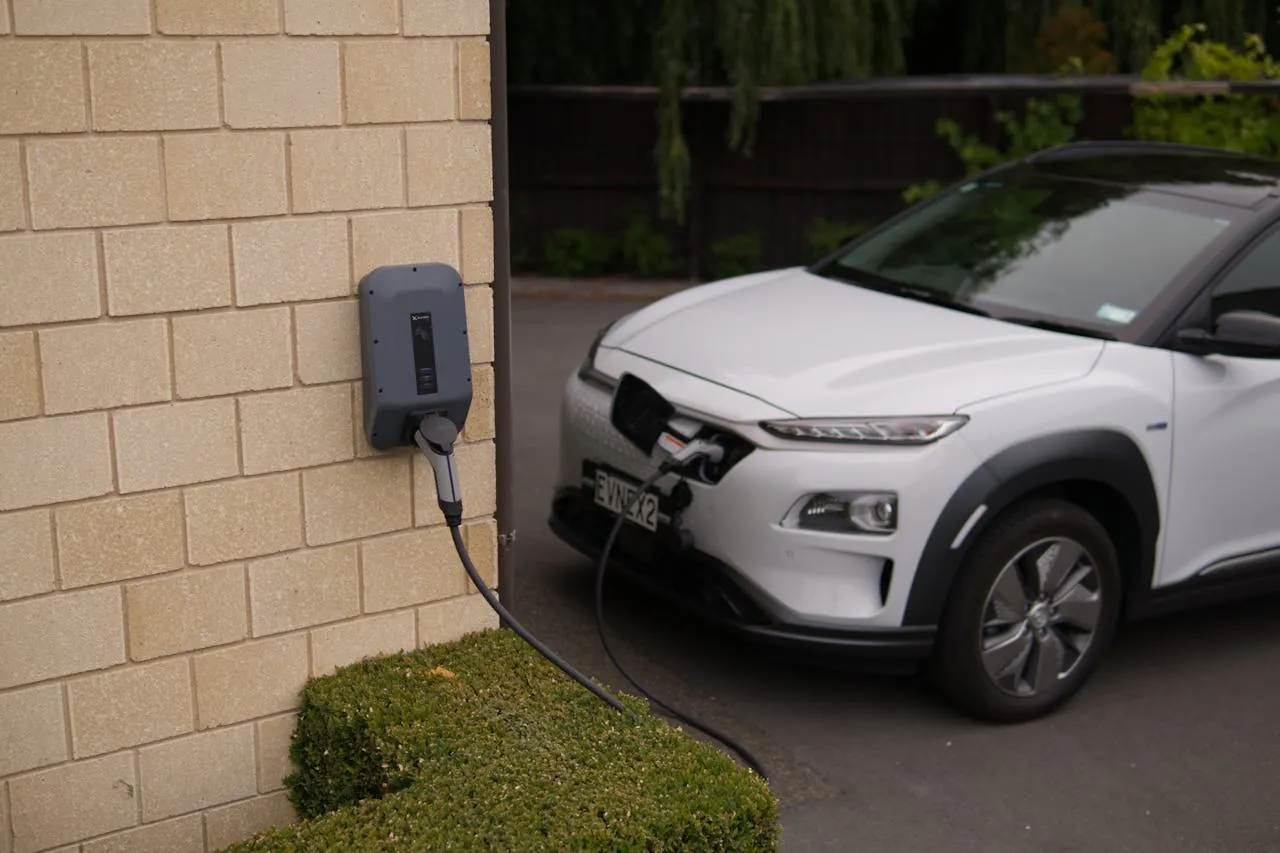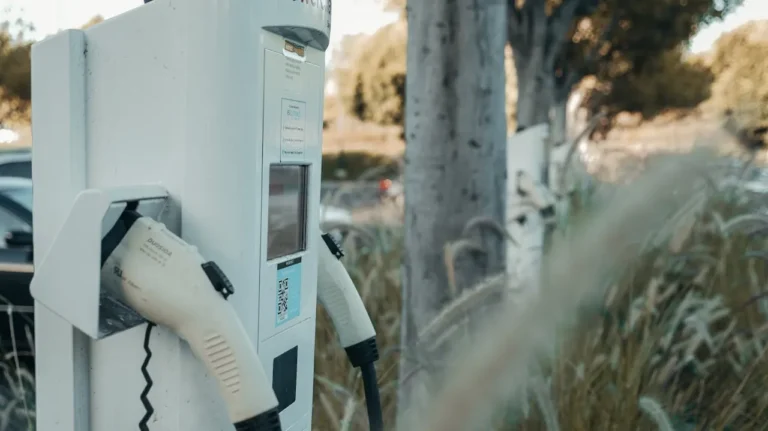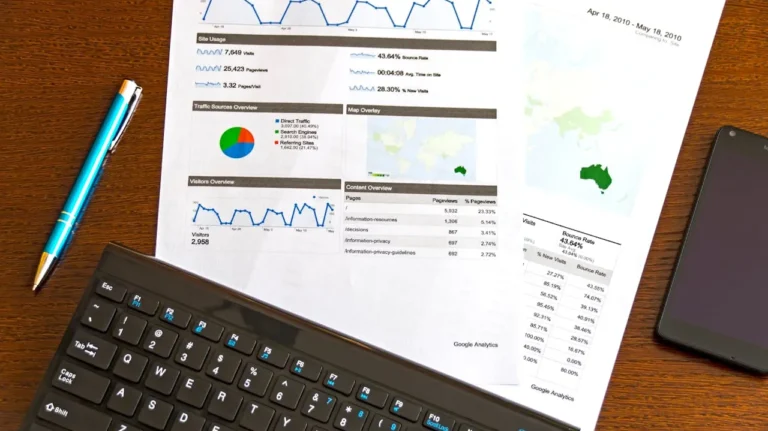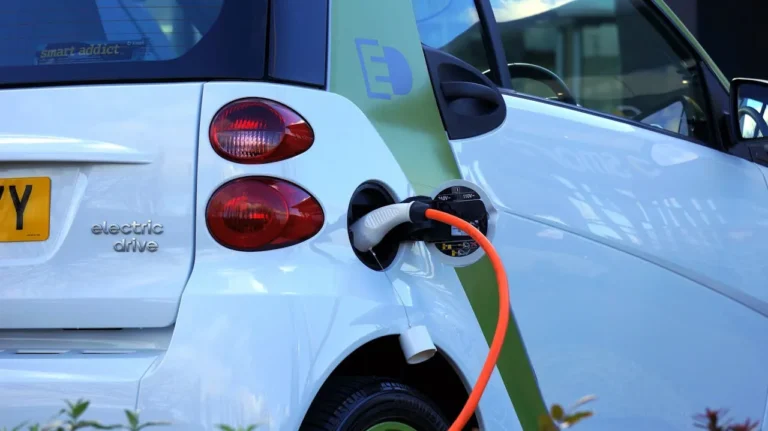
United States Electric Vehicle and Charging Infrastructure Market: Investment Landscape and Growth Outlook Through 2029
The United States EV & Charging infrastructure market is undergoing a transformative period, driven by evolving consumer preferences, progressive government policy, and rapid technological innovation. According to the newly released report titled “United States Electric Vehicle and Charging Infrastructure Market: Investment Opportunities and Future Outlook Databook – Q2 2025 Update”, now available on ResearchAndMarkets.com, this sector is poised for significant expansion over the next several years.
Market Overview and Forecast
The report reveals that the U.S. electric vehicle and charging infrastructure market is expected to reach $63.84 billion in 2025, growing at an annual rate of 14.3%. From 2020 to 2024, the market experienced a remarkable compound annual growth rate (CAGR) of 17.8%, driven by a surge in EV adoption and strategic investment in infrastructure. Looking forward, the market is projected to maintain a robust CAGR of 11.6% between 2025 and 2029, potentially reaching $99.06 billion by the end of the forecast period.
This growth reflects a broader shift in the American mobility landscape, with stakeholders from both the public and private sectors aligning to create a more sustainable and efficient transportation ecosystem.
Policy Initiatives Fueling EV Market Expansion
One of the most critical enablers of EV market growth in the U.S. has been the implementation of supportive government policies and incentive programs. Federal and state-level legislation continues to drive adoption through revised tax credits, rebates, and stricter emissions regulations.
States such as California, New York, and Massachusetts have taken the lead by setting aggressive targets for phasing out internal combustion engine (ICE) vehicles and introducing zero-emission vehicle mandates. These regulations are aligned with national objectives aimed at reducing greenhouse gas emissions and accelerating the shift toward renewable energy sources.
Furthermore, broader market trends, especially in digital-first sectors like retail and ecommerce, have influenced how transportation solutions are designed and deployed. Seamless payment experiences and demand for operational efficiency are being replicated in EV infrastructure planning, making it easier for consumers and businesses to transition to electric mobility.
Charging Infrastructure and Battery Innovation
A major pillar of EV adoption is the accessibility and reliability of public and private charging infrastructure. In response, a coordinated effort is underway across the United States to deploy fast and ultra-fast charging stations along major highways, urban corridors, and high-density residential areas.
Public-private partnerships are playing a pivotal role in funding and implementing these networks. Companies are investing in advanced charging technologies, including smart chargers, wireless charging, and vehicle-to-grid (V2G) systems, which are becoming key differentiators in a competitive market.
Parallel advancements in battery technology, such as solid-state batteries, improved thermal management systems, and faster charging cycles, are helping to mitigate range anxiety—a major barrier to EV adoption. The integration of digital payment systems and real-time network management, inspired by innovations in retail and fintech, is further enhancing the user experience at EV charging stations.
Electrification of Consumer and Commercial Fleets
Beyond individual vehicle buyers, commercial fleet operators are increasingly shifting to electric vehicles as part of broader efforts to reduce operational costs and meet environmental targets. Early adopters include ride-hailing services, logistics companies, and last-mile delivery providers, where the total cost of ownership for EVs is already proving competitive against traditional fuel vehicles.
Factors such as rising fuel prices, tightening emissions standards, and enhanced digital fleet management capabilities are influencing this transition. Lessons from the ecommerce and logistics industries, where efficiency and real-time tracking are critical, are informing how electric fleets are deployed and managed.
As fleet operators gain confidence in the long-term cost benefits of EVs—and as infrastructure becomes more accessible—the pace of fleet electrification is expected to accelerate steadily throughout the forecast period.
Evolving Competitive Landscape
The U.S. EV market features a diverse array of competitors, from established automakers to emerging startups. Market leaders such as Tesla, Ford, and General Motors are aggressively scaling production and diversifying their electric lineups. At the same time, new entrants specializing in software-defined vehicles, two-wheeler electrification, and fleet electrification are gaining traction.
This increasingly crowded landscape is expected to become more consolidated over the next 2–4 years. Strategic mergers, alliances, and acquisitions will drive operational efficiencies and reduce fragmentation across the value chain.
In a bid to provide a seamless customer experience, automakers and infrastructure providers are moving toward end-to-end mobility solutions, combining vehicle sales, maintenance, energy management, and payment platforms under one umbrella. These efforts are positioning companies to capitalize on the growing demand for connected, convenient, and clean mobility solutions.
Integration of Digital Payments and Prepaid Solutions
One of the emerging trends in the charging ecosystem is the development of prepaid card solutions and digital wallet integrations for charging transactions. This mirrors similar developments in sectors like retail, where consumers expect quick, cashless, and secure payment experiences.
Several charging network operators are now piloting systems that allow users to manage charging costs in advance, track usage, and receive real-time updates on availability and pricing. These features are particularly beneficial for commercial fleets and subscription-based charging models.
Key Takeaways from the Report
The United States Electric Vehicle and Charging Infrastructure Market Databook offers a data-rich view of the sector, tracking more than 50 KPIs across various dimensions. The report includes 67 data tables and 87 charts, delivering granular insights into the performance and trajectory of the EV ecosystem.
Key Market Segments Covered:
- Total U.S. Vehicle Market Size and Forecast
- EV Market Size and Growth by Value and Volume
- Segmentation by Drive Type, Vehicle Class, Powertrain, and Range
- Passenger and Commercial Vehicle EV Market Value
- EV Market Distribution by Car Segment and Price Point
- Charging Infrastructure Metrics
- Number of Charging Points by Type (AC/DC)
- Charging Infrastructure by Location (Urban, Highway, Commercial)
- Charging Infrastructure by Speed and Vehicle Compatibility
- Connectivity Features and Payment Systems Integration
Geographic and Demographic Trends:
The report also examines EV and infrastructure development trends across major metropolitan areas, revealing differences in adoption rates and infrastructure readiness. High-growth areas include California, Texas, Florida, and Washington, where policy support and consumer demand are aligning most strongly.
A More Unified, Consumer-Friendly Ecosystem
Looking ahead, the U.S. EV market is on course to evolve into a fully integrated ecosystem that aligns product development, digital services, and sustainability goals. From 2025 to 2029, the market will likely see a shift toward standardization and interoperability, reducing barriers for consumers and simplifying market entry for new players.
As competition intensifies, companies that invest in user experience, data analytics, and collaborative business models will be best positioned to lead. Ultimately, the convergence of vehicle electrification, smart infrastructure, and digital mobility solutions will define the next chapter of transportation in the United States.







